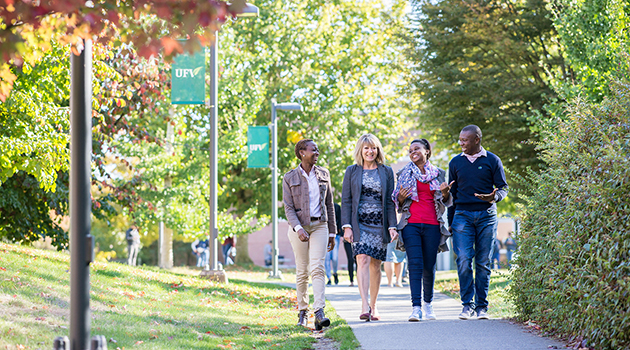Future speculation often brings about grand visions of space travel and artificial intelligence, but the panellists who made their presentation in Evered Hall last Wednesday were here to talk about a more intimate, and more immediate aspect of the future — that of food. The essential questions asked being, “What will we be eating in 20-30 years,” and “How do we feed a world population of seven billion and growing over the next few decades?”
Several of the panellists, including Alex Awiti, Steven Otieno, Vera Mwangi, and Mariam Genes Shirima were visiting from Africa (mostly Kenya to be specific), and they shared their experiences and observations regarding the challenges faced by African nations. A common thread in the discussions was dispelling outdated perceptions. Africa is commonly seen as essentially rural in the so-called “Global North,” and while it is true that, in Kenya for instance, 73 per cent of people derive their income from agriculture, Africa is also rapidly urbanizing. In Nairobi, the average family spends 28 per cent of their income on food due to rising costs, more than what is spent on housing, health, and education combined. The true face of poverty in Africa is increasingly urban, rather than rural. Africa must face the challenge of how to produce enough food to feed its people. This is not an easy challenge, since much land in Africa is agriculturally marginal. The challenge is to increase production without destroying natural ecosystems such as forests and marshlands, which, in addition to their intrinsic value, also serve to moderate climate, and are a “reservoir of potential food diversity,” according to Awiti.
The Fraser Valley, by contrast, is quite blessed, in more ways than we realize. This region produces 4.5 per cent of Canada’s food on just 0.2 per cent of its land. A quote from science fiction author William Gibson was mentioned: “The future is already here — it’s just not very evenly distributed.” If you want a glimpse of what the future of food production is, perhaps all you need to do is look out the window. Many of the practices used here in the Fraser Valley are what the panelists advocate for, and hope to see become widespread. Fraser Valley agriculture is characterized by intensity, but also diversity. Two-hundred different crops are grown in the valley, and in contrast to other regions of Canada, most farms are small, independent holdings instead of large agribusiness-owned farms. The panelists consider diversity and small-scale ownership to be desirable traits, as they not only make farming regions more robust, and able to meet challenges, but they also give control of food production to the people who rely on it. A policy of “cosmopolitan localism” was advocated for, which would diversify regions, but also focus on their strengths, and import what they cannot easily produce. The Agricultural Land Reserve also protects the farmlands of the Fraser Valley from urban sprawl, which is a major threat faced by many arable lands near cities, in addition to other threats such as soil erosion, and climate change.
Technological advances will also affect how we eat. For example, cellular agriculture, more commonly known as “vat meat,” can allow growth of meat tissue from a single cell, allowing for meat production without putting undue pressure on land. Other potential advances include use of drones to inspect, water, and spread pesticides on plants, allowing for greater efficiency, and less waste and contamination.
Of course, technology does not hold all the answers. Making changes to what we eat, and how we produce it, will be necessary. Alternative crops, urban farming, inshore fish farms, loans tailored to small-scale farmers, minimizing unnecessary transportation, and more were brought up. Finally, the panellists stressed the importance of bringing food out of the background, integrating it more into academic study and everyday life, and dispelling outdated visions of what the world of food is like, or ought to be. There is no one-size-fits-all solution to the challenges that we face. Rather, the future of food will take a variety of different forms, depending on contexts specific to certain times and places.


